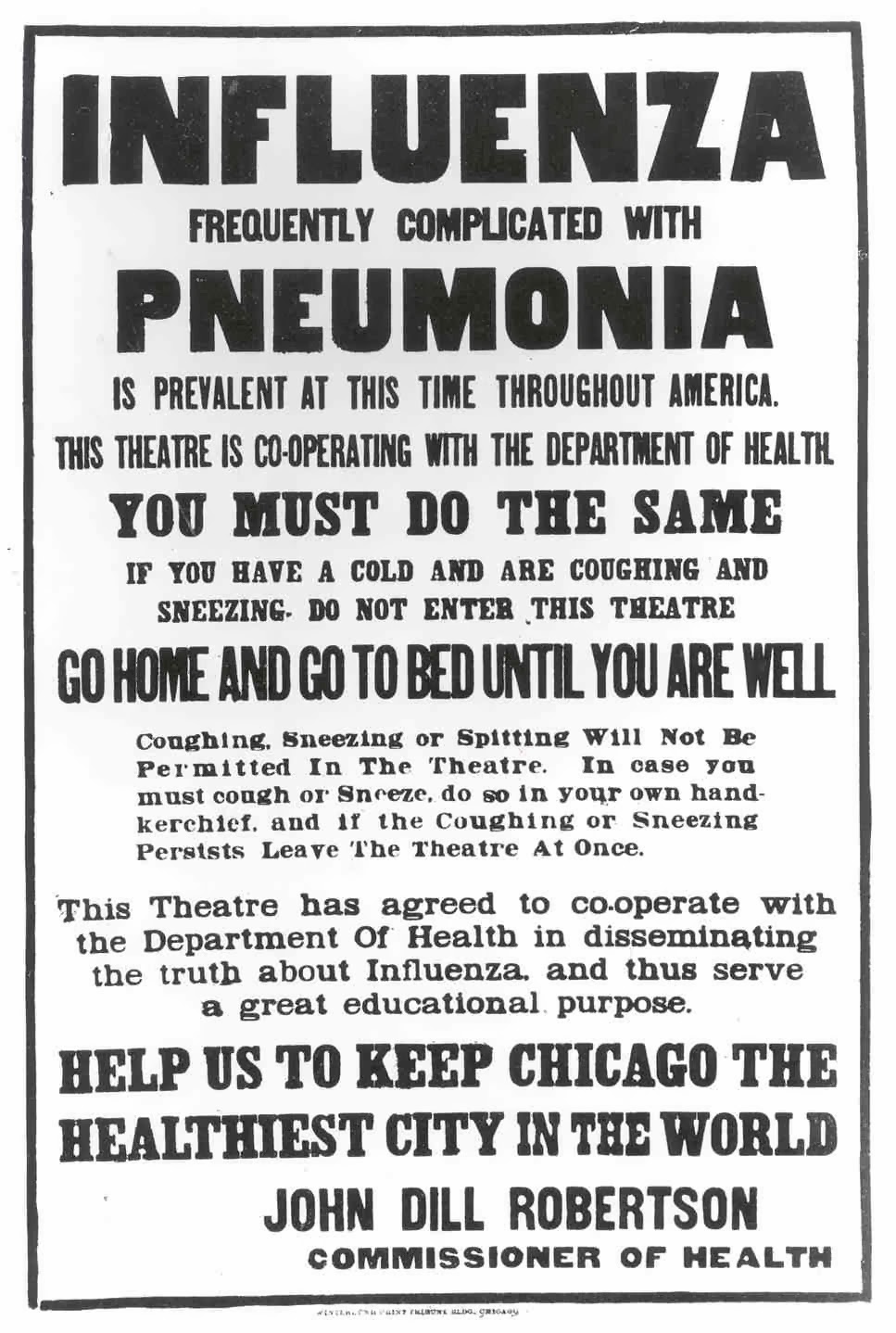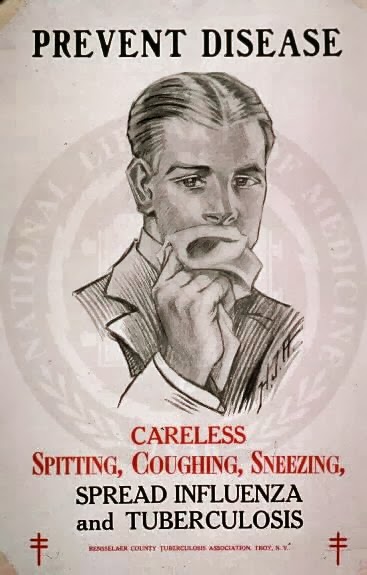New Year's Resolution
I have been debating on if I should share my goals for this year; I will because maybe it will inspire you! Over the years I have sporadically kept a journal; I have written in bound journals, notebooks, on the computer, and on my IPad. I decided it was time to "pull it together" and step it up, especially since it was at last year's RootsTech when Brother Brimhall asked, "What do you wish your ancestor would have left you?" A journal--that's my answer! That has been my answer all year long and it is almost RootsTech again and I have not done it! [regret, regret, regret] So, it is my New Year's Resolution--keep a journal! New Year's Day, I gathered up all my writings. I had journal entries on my various flash drives, pieces of notebook paper and on my laptop. I added all of these sources to my Personal Historian program; most of it was cut and paste. I was genuinely surprised at how much I had written, but when it is scattered it doesn&#

